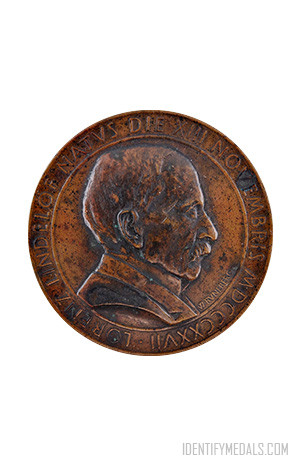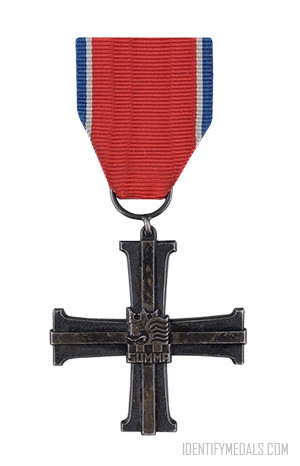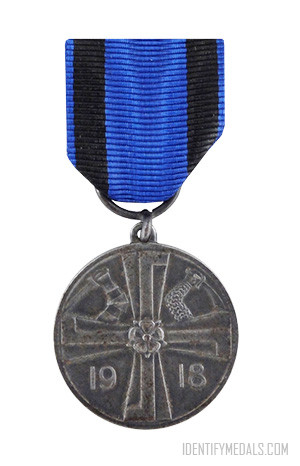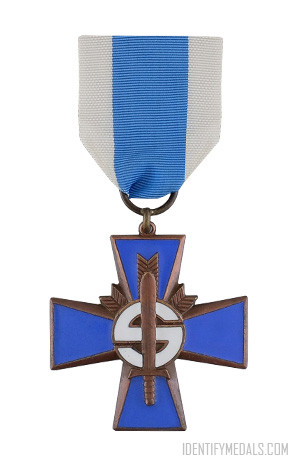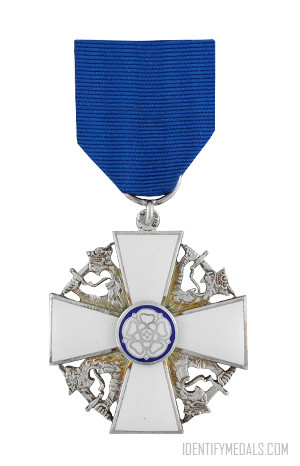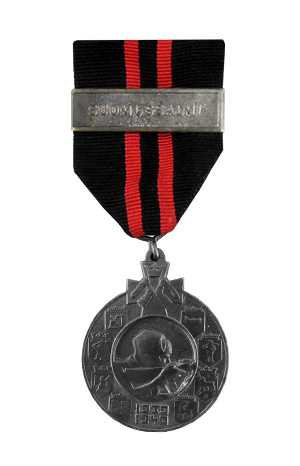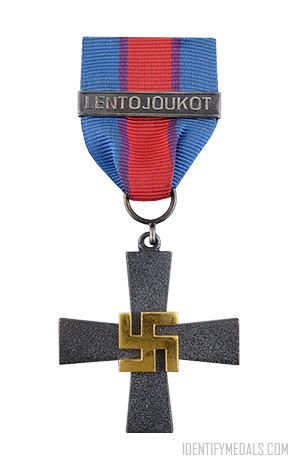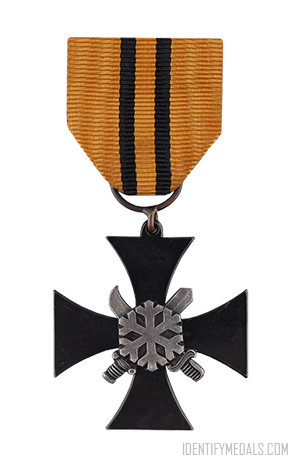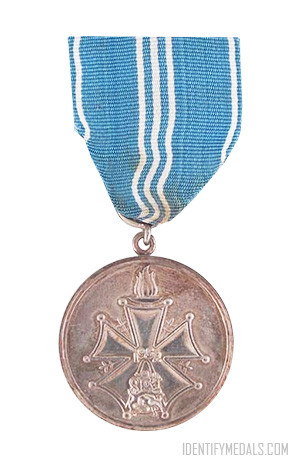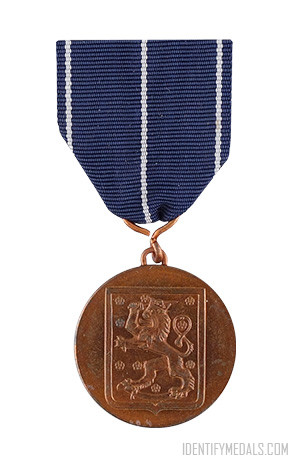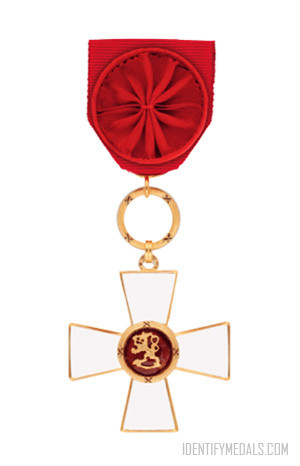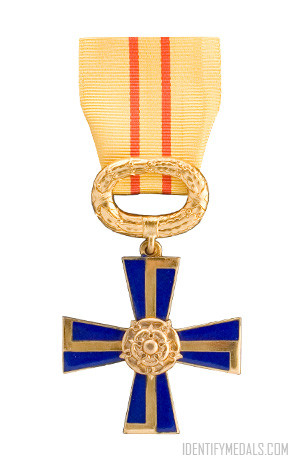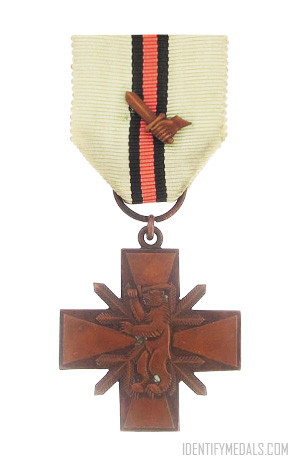The Lorenz Lindelöf Scientific Award Medal is a finish medal established before WW1.
Finland had been ceded to Russia in 1809. At the time that time, Leonard Lorenz Lindelöf (November 13, 1827 – March 3, 1908)’s father was appointed professor of mathematics at the university, the main building of the university on Senate Square had recently been completed. Lindelöf spent the year 1891 in Stockholm, and the years 1893-94 in Paris returning to Helsingfors where he graduated in 1895. He then taught there as a docent, visiting Göttingen in 1901. Helsinki was still under Russian control and indeed the Russians had implemented a policy of Russification, in reply to the national movements which had arisen.
Lindelöf remained as a professor of mathematics in Helsinki until he retired in 1938. It was a time of rapid economic growth for the new country and the university flourished and rapidly expanded. Lindelöf supported his new country undertaking his university duties with great enthusiasm. Later in his life, Lindelöf gave up research to devote himself to teaching and writing textbooks.
For his outstanding contributions to Scandinavian mathematics, he was honoured by the universities of Uppsala, Oslo, Stockholm, and Helsinki.
The Lorenz Lindelöf Scientific Award Medal Design
The medal is struck in bronze and measures 56.5 mm. The obverse illustrates the right-facing bust of Lorenz Lindelöf, surrounded by the inscription “LORENZ LINDELÖF NATVS DIE XII NOVEMBRIS MDCCCXXVII” (1827).
The reverse illustrates a branch of laurel leaves at the left and a branch of oak leaves at the right, inscribed in the centre is “SECRETARIO SVO QVADRAGENARIO SOCIETAS SCIENTIAS FENNIAE / DIE XIII NOVEMBRIS MCMVII” (1907).

